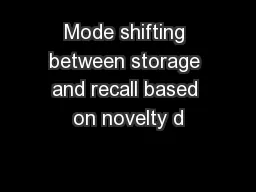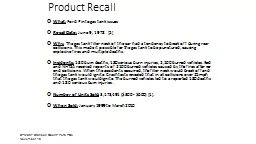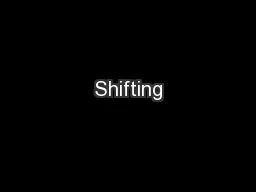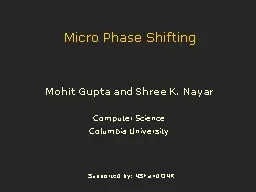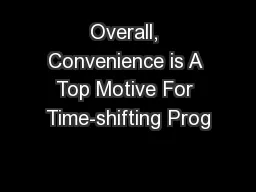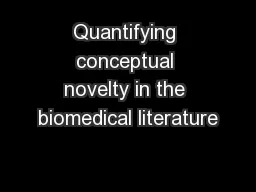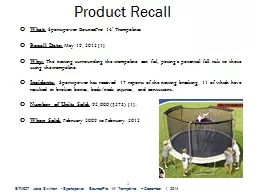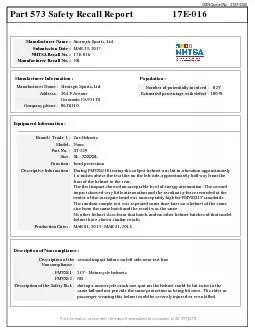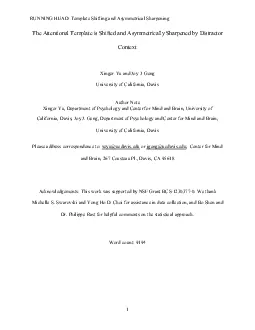PPT-Mode shifting between storage and recall based on novelty d
Author : mitsue-stanley | Published Date : 2016-05-29
hippocampal circuits M Meeter J M J Murre L M Talamini Date of Presentation 05092012 Introduction Role of Acetylcholine in Mode Shifting Hippocampal novelty detection
Presentation Embed Code
Download Presentation
Download Presentation The PPT/PDF document "Mode shifting between storage and recall..." is the property of its rightful owner. Permission is granted to download and print the materials on this website for personal, non-commercial use only, and to display it on your personal computer provided you do not modify the materials and that you retain all copyright notices contained in the materials. By downloading content from our website, you accept the terms of this agreement.
Mode shifting between storage and recall based on novelty d: Transcript
Download Rules Of Document
"Mode shifting between storage and recall based on novelty d"The content belongs to its owner. You may download and print it for personal use, without modification, and keep all copyright notices. By downloading, you agree to these terms.
Related Documents

